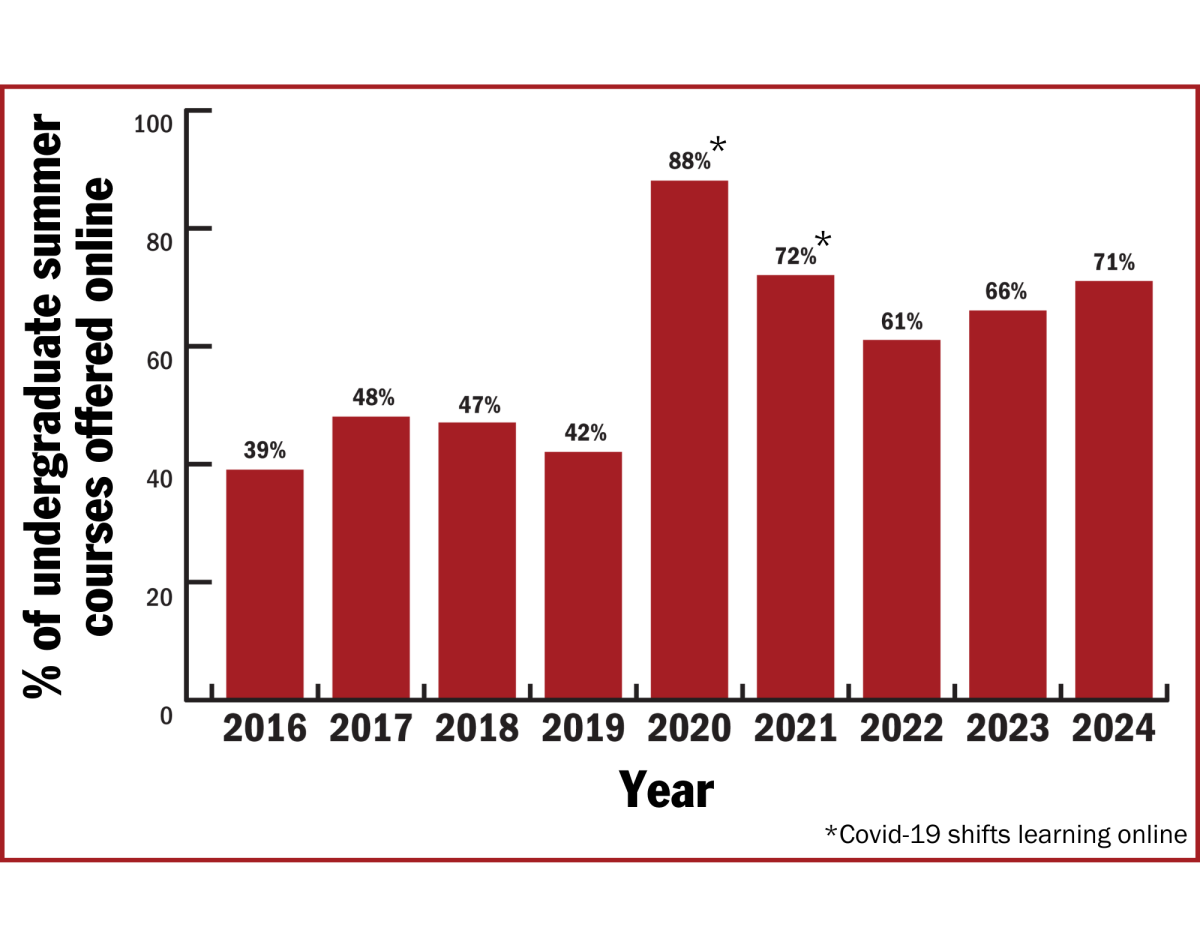Why are Haitians leaving Haiti?
On July 7, Haitian President Jovenel Moïse was assassinated in his home. During his tenure, Moïse attempted to pass a new Constitution that would give his cabinet more power and the opportunity to extend his time in office after refusing to step down from his position as president in February. He was also accused of using gang violence to suppress political opposition.
Prior to Moïse’s death, Haiti was already in a state of political instability, affirmed by the United Nations Security Council in a July 1 statement in which they expressed “deep concern regarding deteriorating political, security and humanitarian conditions” in Haiti. Moïse’s death now leaves Haiti in a political standstill as the country prepares for general elections on Nov. 7.
On Aug. 14, just a month after Moïse’s assasination, a 7.2 magnitude earthquake killed over 2,000 Haitians and caused severe damage to the developing nation. Haiti is prone to intense damage from natural disasters because of its poor infrastructure and political corruption.
The combination of political issues and natural disasters in Haiti has led to an influx of migrants to South America and the U.S.
Where are the migrants going?
Since the Haitian earthquake of 2010, a steady increase of migrants have traveled to the U.S. and South American countries, such as Chile and Brazil. But now, many Haitians who previously migrated to South America are leaving for the U.S. Limited economic opportunities for Haitian migrants and anti-Black racism in South American countries have been driving factors in the decision to come to the U.S.
Migrants have primarily entered the U.S. through Mexico into Texas at the Del Rio International Bridge. Many stayed in border camps along the Del Rio in Texas until U.S. courts heard their cases to claim asylum.
How is the U.S. treating Haitian migrants?
Title 42, a Trump-era program that expels migrants when they come from a country where covid-19 could be further spread into the U.S., was reinstated briefly in September. A photograph, taken by photojournalist Paul Ratje, of a Border Patrol agent swinging his horse reins at a Haitian migrant circulated online during this time.
The Border Patrol agent was trying to prevent the man from returning to a camp in the U.S. after getting food across the border in Mexico.
The Biden administration has since cleared all Haitian migrants from the Del Rio camp. Some migrants have been moved from the camps at the Del Rio to Customs and Border Protection centers, and others have been released as they await their court hearings. Nearly 2,000 people have been sent on deportation flights back to Haiti.
How can we support Haitian migrants?
Supporting grassroots organizations, such as Black Freedom Factory and Border Kindness, that use donations to provide resources for Haitian migrants is one way to contribute to better conditions for asylum seekers.
Self-education on the crises through resources, like the “tool kit” provided by the Black Alliance for Just Immigration, is important in bringing more attention to U.S. immigration and refugee policies.



























